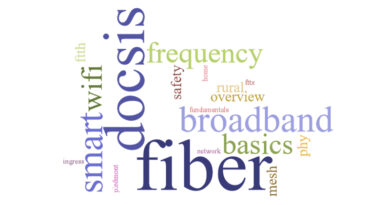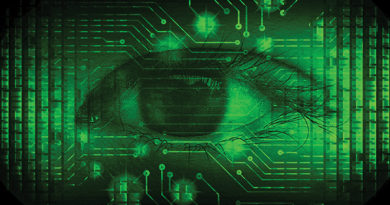PNM: Return Path Monitoring
By James Medlock
Are you still using a hardware based, headend system to monitor return path spectrum? Are you deploying remote PHY (R-PHY) technology?
Then maybe it’s time to consider a PNM upstream triggered spectrum capture (UTSC) application to reduce cost and provide visibility of the upstream RF signal captured at the remote PHY device (RPD) ports.
The DOCSIS 3.1 specifications includes a PNM CCAP feature called UTSC. This defines a capability where the CCAP captures return path spectrum using the burst receivers on the line card. The R-PHY specifications extend support for this feature by specifying how an RPD can capture return path spectrum for its RPD ports. In both cases the captured spectrum data is sent to a PNM server for display and analysis, effective creating a fully software-based return path monitor.
UTSC can operate in a free running mode, continuously capturing spectrum samples, but also as the CCAP has knowledge of the DOCSIS scheduler, captures can be triggered based on criteria such as when a channel is idle. This allows you to see noise under a carrier as an example. While not all the trigger modes defined in the specifications have been implemented by CCAP vendors, support for free running is available and provides the foundation for a UTSC return path monitor.
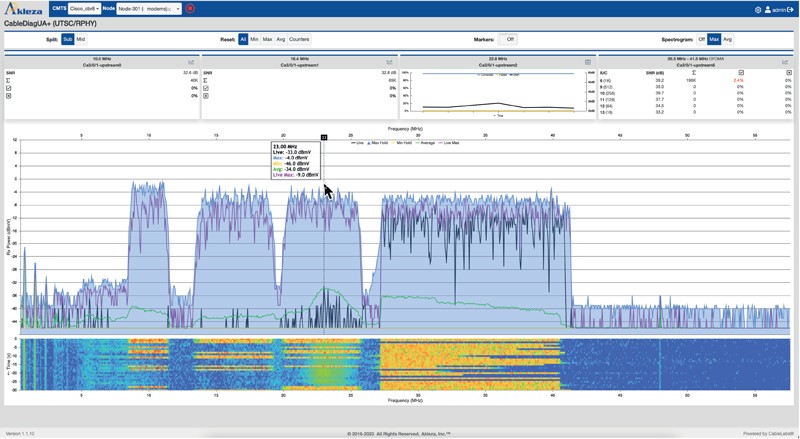
Figure 1. Upstream triggered spectrum capture
Figure 1 shows an example of a UTSC trace which should be familiar to users of existing hardware-based monitors, supporting many of the same features including live trace, max hold, min hold, average, and live average. This example also shows a spectrogram or waterfall chart providing a short-term historical view.
While utilizing a CCAP and RPD to capture spectrum, a UTSC application can also collect standard DOCSIS channel performance metrics, RxMER, codeword counters, and FEC counters, in parallel. This allows a technician to see interference in the spectrum while also monitoring the impact on channel performance. With OFDMA channels the DOCSIS metrics also provide a per data IUC breakdown which highlight the impact impairments are having on each of the modulation profiles in use.

Figure 2. Common mode distortion
Figure 2 shows an example where common mode distortion (CMD) is visible as a hump at 23 MHz, resulting in poor RxMER that is below 30 dB and showing almost 100% FEC correctable errors. This is caused by power supply interference internal to certain cable modems and impacts the entire node.
While UTSC has been defined in the specifications for several years, CCAP implementations have been missing. Today however, we now see support from all the major vendors, supporting legacy integrated CCAPs and newer virtualized CCAP platforms.
For distributed access architecture (DAA) deployments, a UTSC application becomes a necessity as there is no longer an RF signal coming back to the headend. Luckily UTSC monitoring is supported through the specifications and by the RPD vendors.
PNM may have started with pre-equalization analysis, but with the addition of full band capture, OFDM(A) RxMER monitoring and now UTSC, our maintenance toolkit is ever evolving.
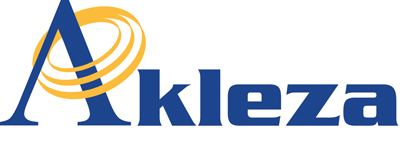
To schedule a demonstration of Akleza’s comprehensive PNM product suite, CableDiag, including our return path monitor, CableDiagUA+, contact sales@akleza.com,
or call 1-855-4-AKLEZA
Be sure to catch James at Cable-Tec Expo ’23
Data Driven: Optimizing and Running HFC and Fiber Networks, End to End
Wednesday, October 18, 2023: 8:00 AM to 9:15 AM
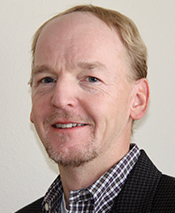
James Medlock
Founder & CEO
Akleza, Inc.
James is the Founder and CEO of Akleza, and a cable industry veteran contributing to various CableLabs and industry specifications including DOCSIS, PacketCable Multimedia, IMS, and PNM. Having been involved in the original CableLabs PNM working group development, he founded Akleza with a mission to deliver easy to use, software based, diagnostic tools leveraging the availability of PNM data within the cable network.
Images provided by author

